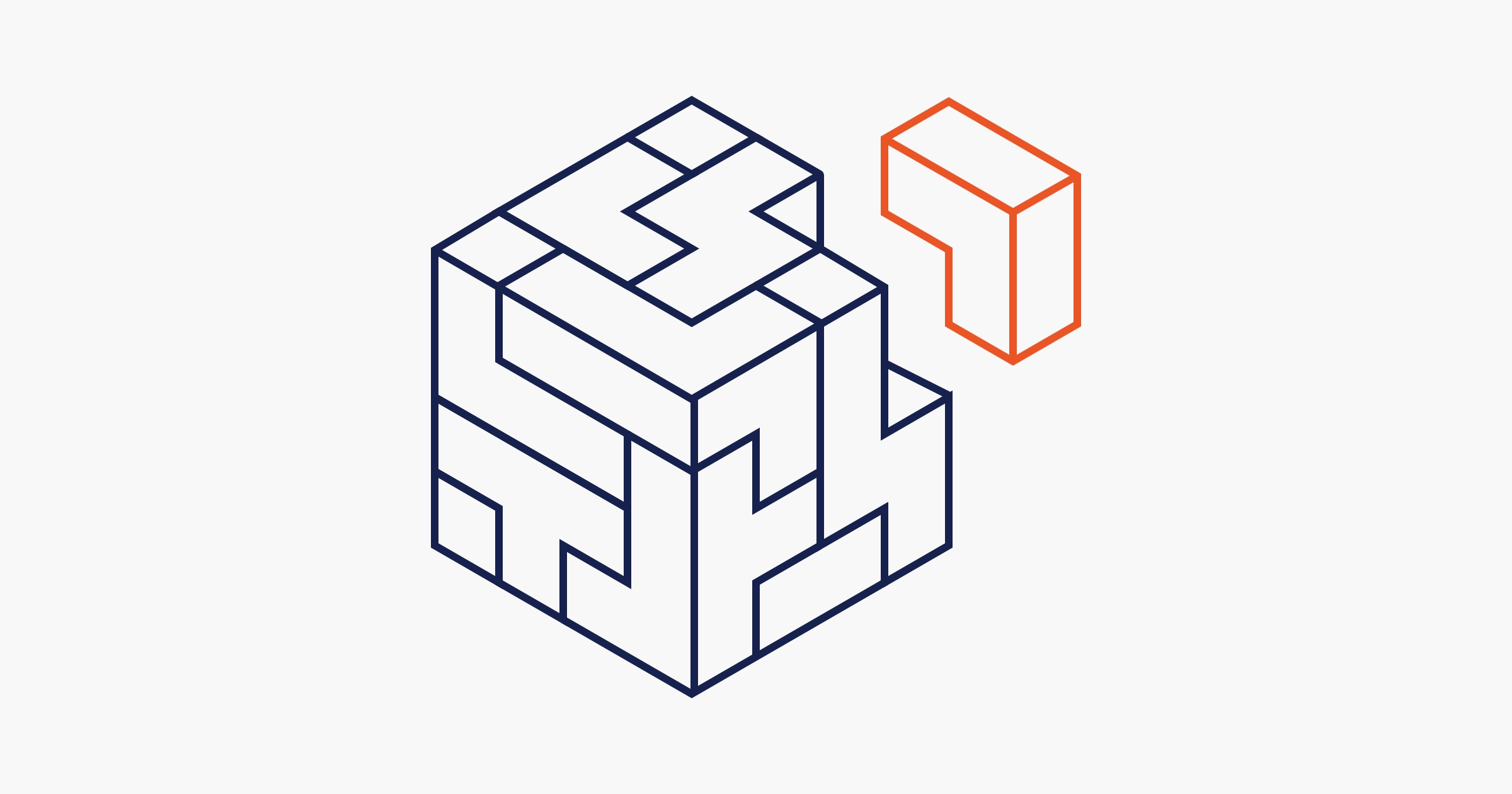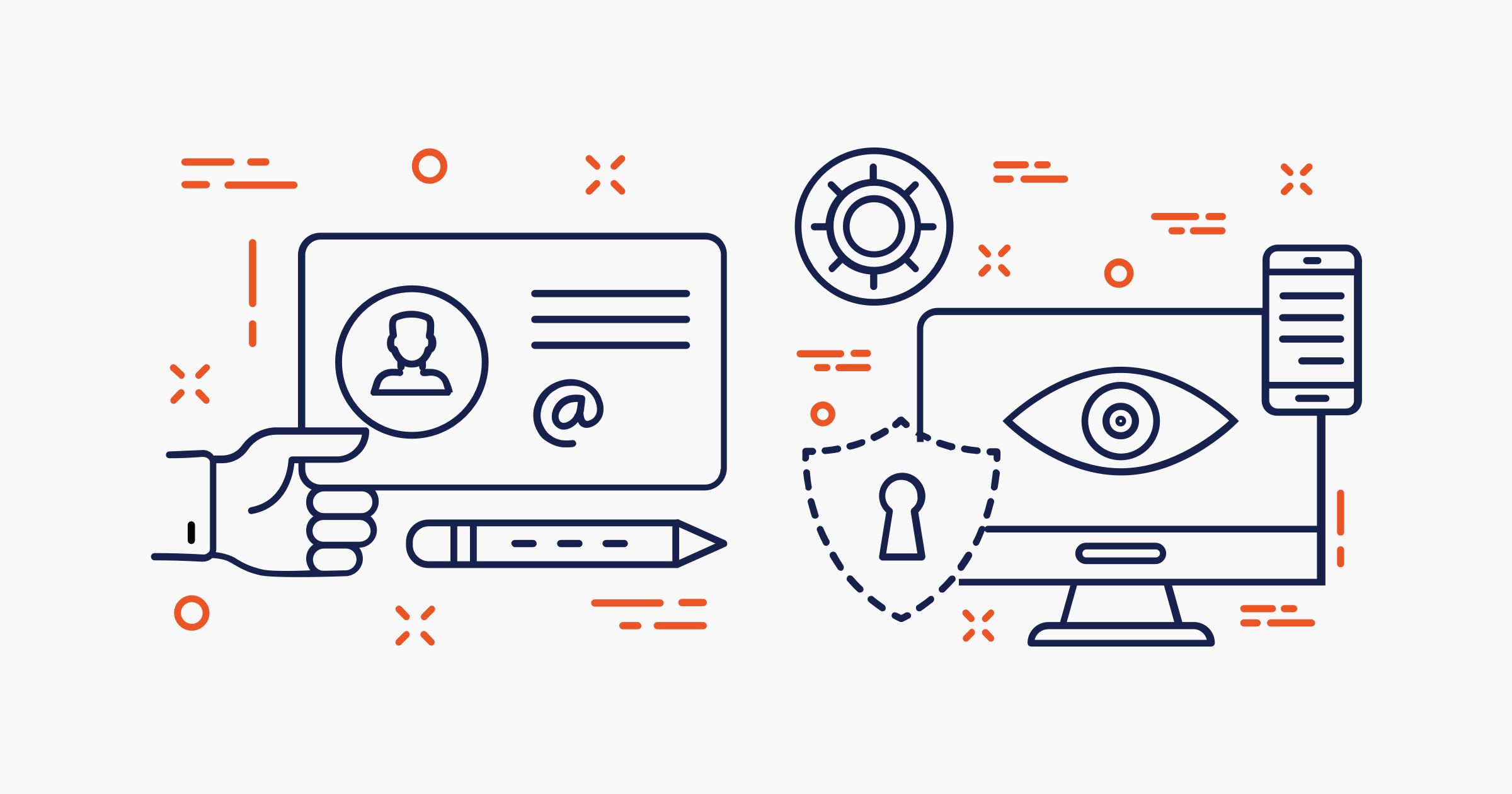Traditionally, companies have built “monolithic” applications that addressed many business needs and intertwined business logic, user interfaces, and other components all in one. As the business grew, so did this application, adding more and more features, becoming harder and harder to maintain, deploy, test, and secure. These types of applications are commonplace today, however present numerous challenges to organizations looking to respond quickly, reliably, and efficiently to today’s changing business needs.
Monolithic applications slow organizations down. Long development cycles, high infrastructure and licensing costs, often single points of failure, and difficulty scaling are just some of the risks and challenges posed by these applications. Not to mention the difficulty of testing and fixing bugs, addressing vulnerabilities in such complex systems, and challenges integrating new technologies into the mix. In short, legacy architectures and monolithic applications are not compatible with today’s business demands.
Application modernization is the refactoring, repurposing or consolidation of legacy software to align it more closely with current business needs. Whether you call it application modernization, digital transformation, platform refactoring, or re-architecting the need to have software that meets the needs of your business is a priority. Nine out of ten decision makers claim that legacy software is keeping them from achieving their goals.
Transitioning from Legacy Monoliths to Microservices
To remain competitive, organizations of all sizes are realizing that they need to be nimble, evolve fast, and maintain a healthy balance between customer expectations, business needs, and IT agility. Utilizing a microservices based architecture is a growing trend that helps achieve these goals. In this approach, applications are split into small sets of interconnected services based on business capability where each service has a well-defined boundary.
A good way to think about microservices is to think of them as individual lego pieces that come together to form something useful - like your ideal software. Each microservice can evolve independently based on the changing needs of the business. An easy way for organizations is to utilize SaaS vendors to fill in the feature and functionality gaps that are not core to the business, allowing the development teams to focus on building business value rather than re-inventing the wheel or so to speak.
The benefits of a microservices based architecture are clear. New features and functionality is much faster to develop, test, and deploy. Services can be deployed independent of each other and no single point of failure exists. Developer productivity and IT agility are increased, and the demands of business can be met head on. The challenge however is, knowing where to start.
App Modernization Done Smart: Go For Quick Wins
Whether you are re-building your legacy application from scratch altogether or going about a phased restructuring of the legacy system, it’s ideal to offload critical parts of your application, which isn’t your core competency or expertise, externally to a cloud-based service. Using out-of-the box solutions will allow you to quickly implement key functionality. Some of the components that range from complex to almost impossible to build in-house but have various Software as a Service solutions are Payment Processing, Messaging, and Identity.
Payment Processing
Payment systems have seen major disruptions in recent years and users are adapting fast. Whether it’s offering more payment methods such as cryptocurrency or direct debit payments, or ways to pay through contactless payments like Apple Pay or one-click buy, users are becoming accustomed to a seamless checkout experience. Payment processors like Stripe and Zuora are well known for providing payment platforms and APIs for enabling and managing all aspects of accepting payments via the Internet.
Messaging
Given the number of communications channels available today, getting a consistent message to your users is harder than ever. Messaging is becoming more and more bi-directional and customers are increasingly engaging with organizations through social media, messaging bots, voice activated AI and more. Twilio is an example of a platform that provides messaging and communications services to handle SMS, voice, and other forms of communications to deliver consistent messaging across all channels.
Identity
Digital identity is at the core of any application - invisible yet crucial. An application of any nature requires digital identities, to represent users and other entities interacting with it. With mobility, BYOD, IoT and smart entities becoming essential parts of the digital ecosystem, the “identity” piece of an application now has even more responsibilities and expectations than before.
Identity is complex. There’s username and password authentication, social connections, single sign on, and these are just ways to login. Multifactor authentication, breached password detection, anomaly detection, securing sensitive data like passwords, and many other topics comprise identity and having your engineers try to build, manage, and secure all these is like expecting an elephant to win a sprint race. You need to use their expertise at the right place.
Auth0 takes a completely new approach to providing a modularized, pluggable identity service by simplifying the most complex identity challenges with a powerful, secure, extensible, and easy to integrate platform. We will cover how Auth0 can solve your identity challenges in an upcoming article on modernizing your applications.
Conclusion
Legacy monolithic applications are outdated and incompatible with today’s business needs and demands. Whether you are in the planning or re-architecting stage of your digital transformation, utilizing a microservices based approach alongside SaaS vendors is a sure-fire way to get quick wins and stay one step ahead of the competition.
Today’s blog post focused on introducing you to the quick and easy ways to get started on the transformation from your legacy systems. In an upcoming post, we will dive deeper into how Auth0, as a Identity as a Service provider, can be a trusted partner in your modernization journey by solving your identity challenges and continuing to evolve as you do.
About the author

Ado Kukic
Former Auth0 Employee


